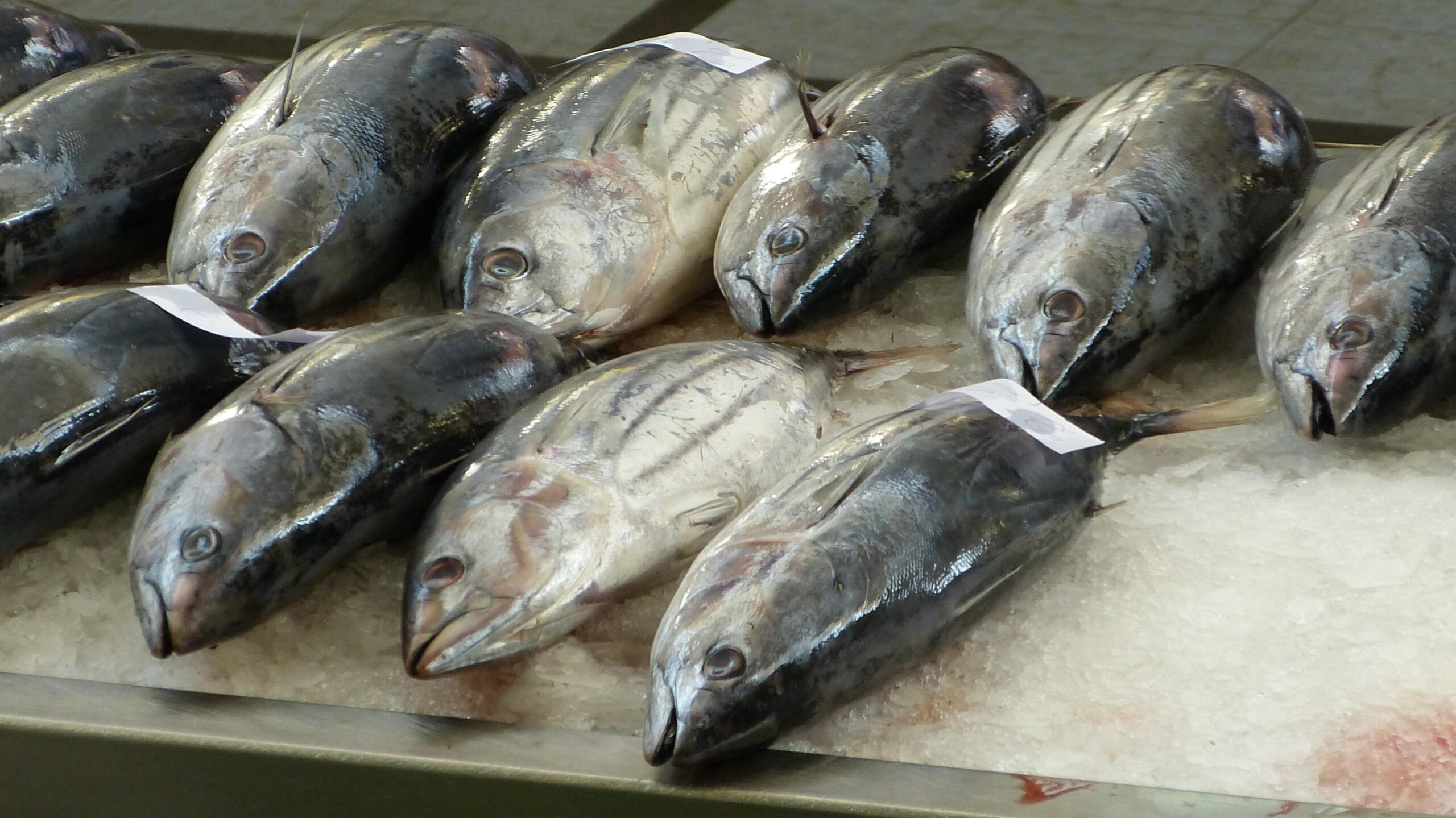The International Seafood Sustainability Foundation concluded its semi-annual “Status of the Stocks” report this month and found that the world’s tuna supply is increasingly being taken from stocks that are either overfished or at low levels. The study also shows that healthy tuna stocks are being targeted less as fishing pressure shifts to these dwindling stocks.
The ISSF monitors the health of 23 different tuna stocks around the world. The twice-annual reports are the ongoing work of a global alliance of scientific and environmental organizations, seafood industry federations, and scientific associations dedicated to studying ocean health. The tuna stocks assessed by the ISSF are: four yellowfin tuna groups, four bluefin tuna groups, four bigeye tuna stocks, six albacore groups, and five skipjack stocks.
The 2021 ISSF report showed that 88 percent of the world’s tuna catch came from healthy stocks, but that number dropped to just over 80 percent in the March 2022 filing. According to the more recent report, just over 9 percent of the world’s tuna catch came from stocks that are classified as overfished, with 10.3 percent coming from stocks that only have “an intermediate level of abundance.”
Read Next: Florida Moves to Officially Lift 32-Year Ban on Goliath Grouper Fishery
Of the 23 stocks, the eastern Pacific skipjack tuna stock is the one that causes the most concern. The abundance of skipjacks in the eastern Pacific has been reduced from a green to a cautionary yellow rating by the ISSF.
According to the ISSF, the total commercial catch of tunas in 2020 was around 4.9 million tons. Fifty-seven percent of that catch was made up of skipjacks, followed by yellowfin (30 percent), bigeye (8 percent), and albacore (4 percent.) Bluefin tuna, meanwhile, accounted for just 1 percent of the global catch.
Looking at the tuna fishery from a global perspective, the ISSF noted that 61 percent of the world’s tuna stocks are at a healthy level of abundance, while 13 percent of stocks are overfished, and 26 percent are receiving “an intermediate level” of fishing pressure. The ISSF reports that 69.9 percent of tuna stocks are not experiencing overfishing, while 21.7 percent are.







